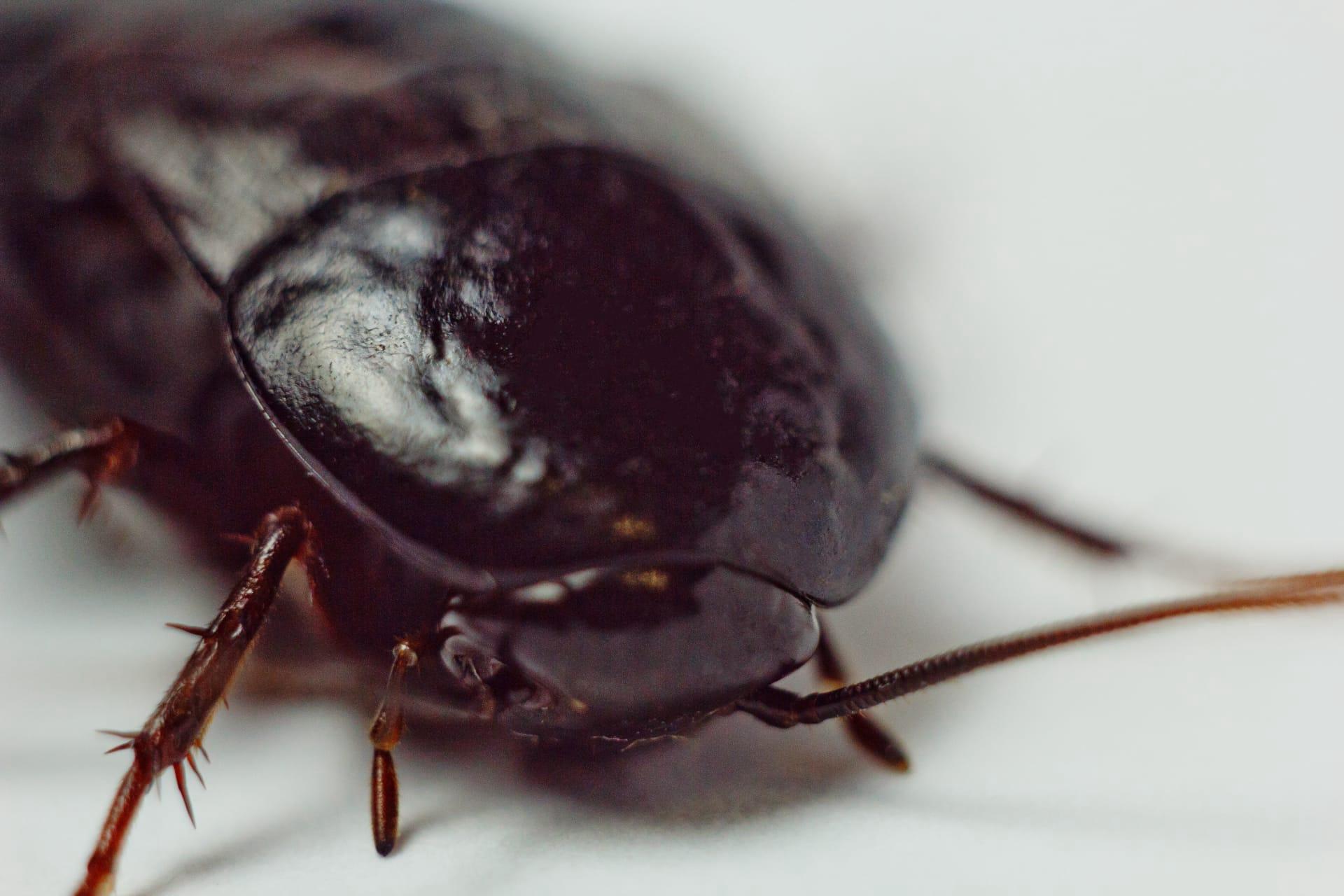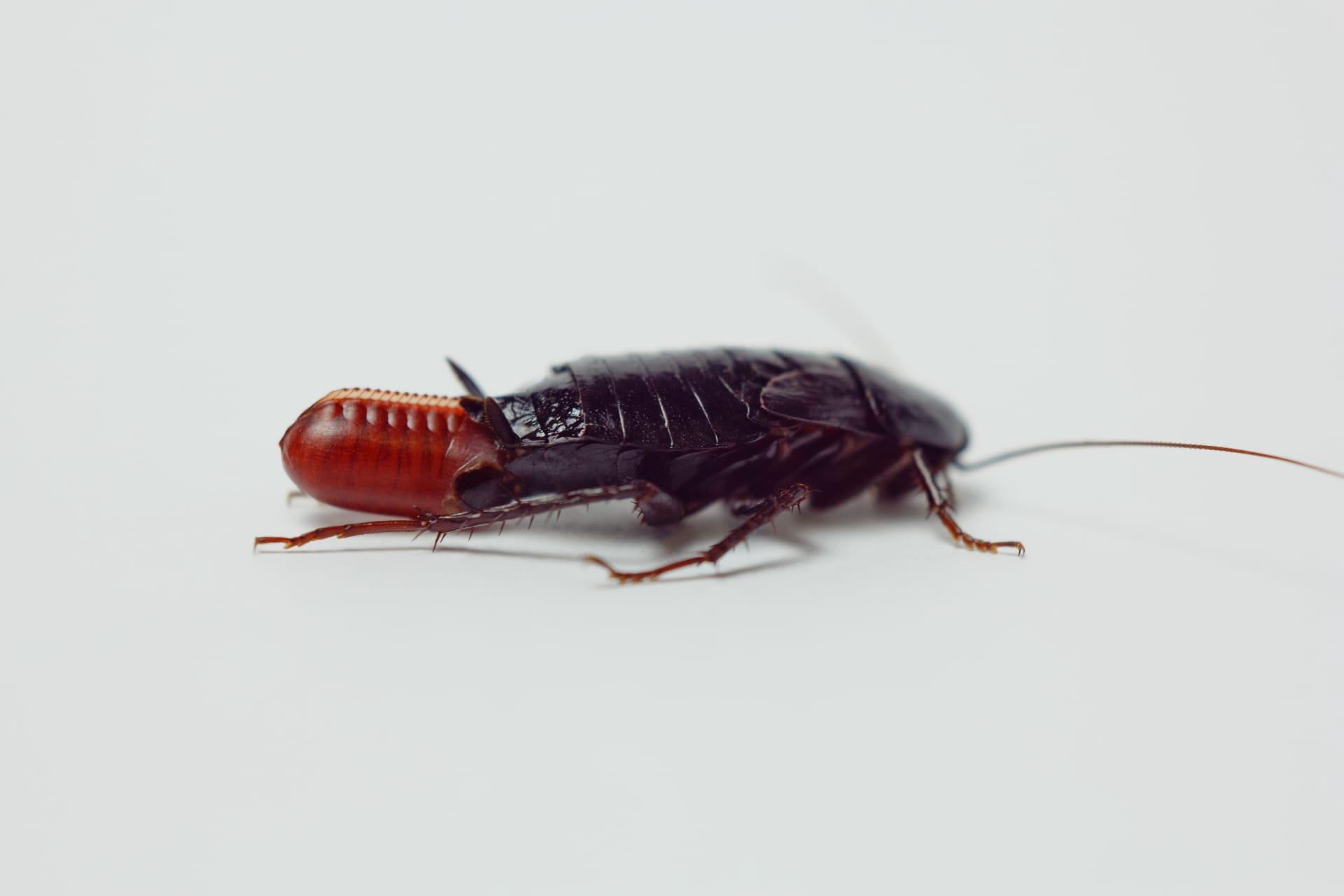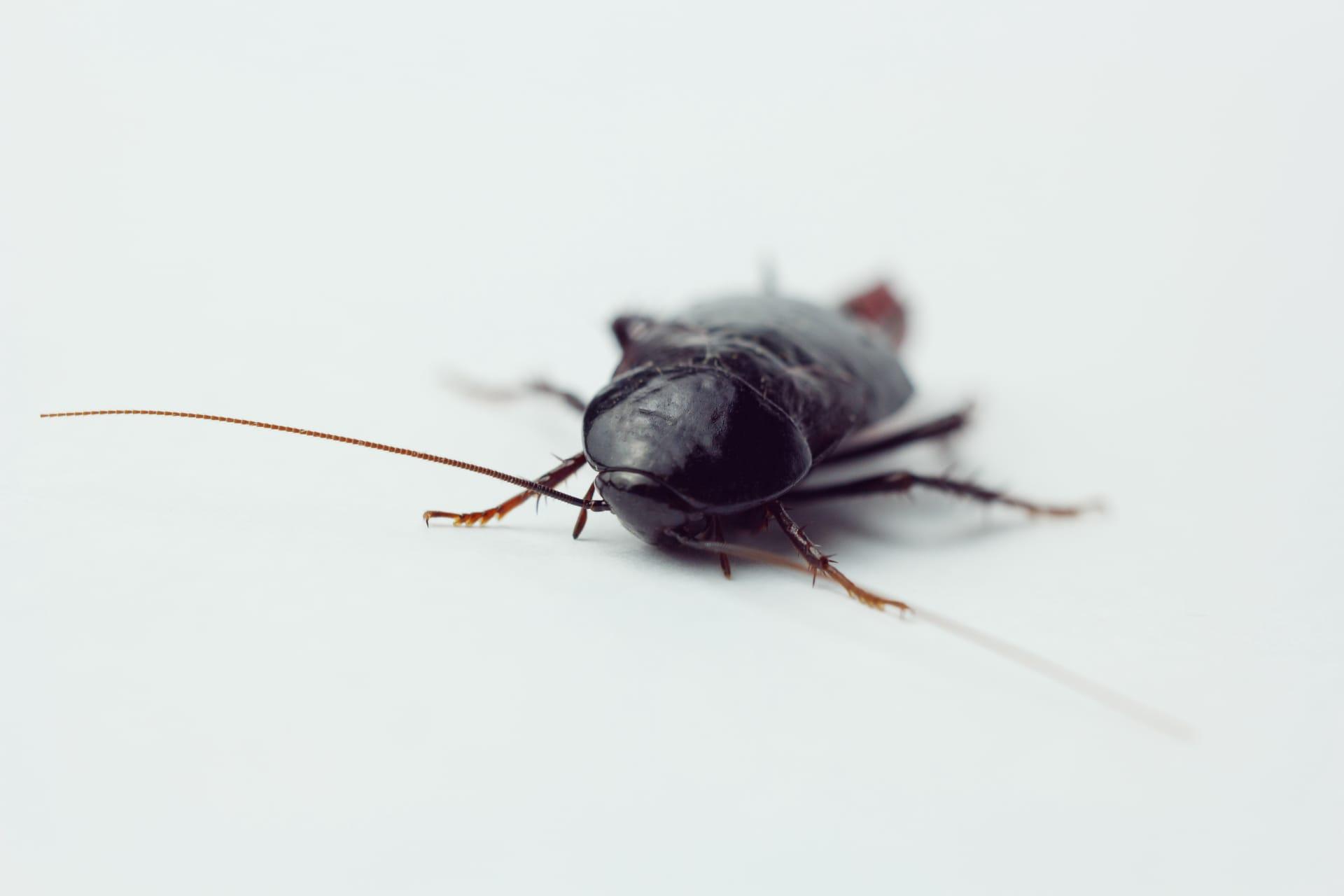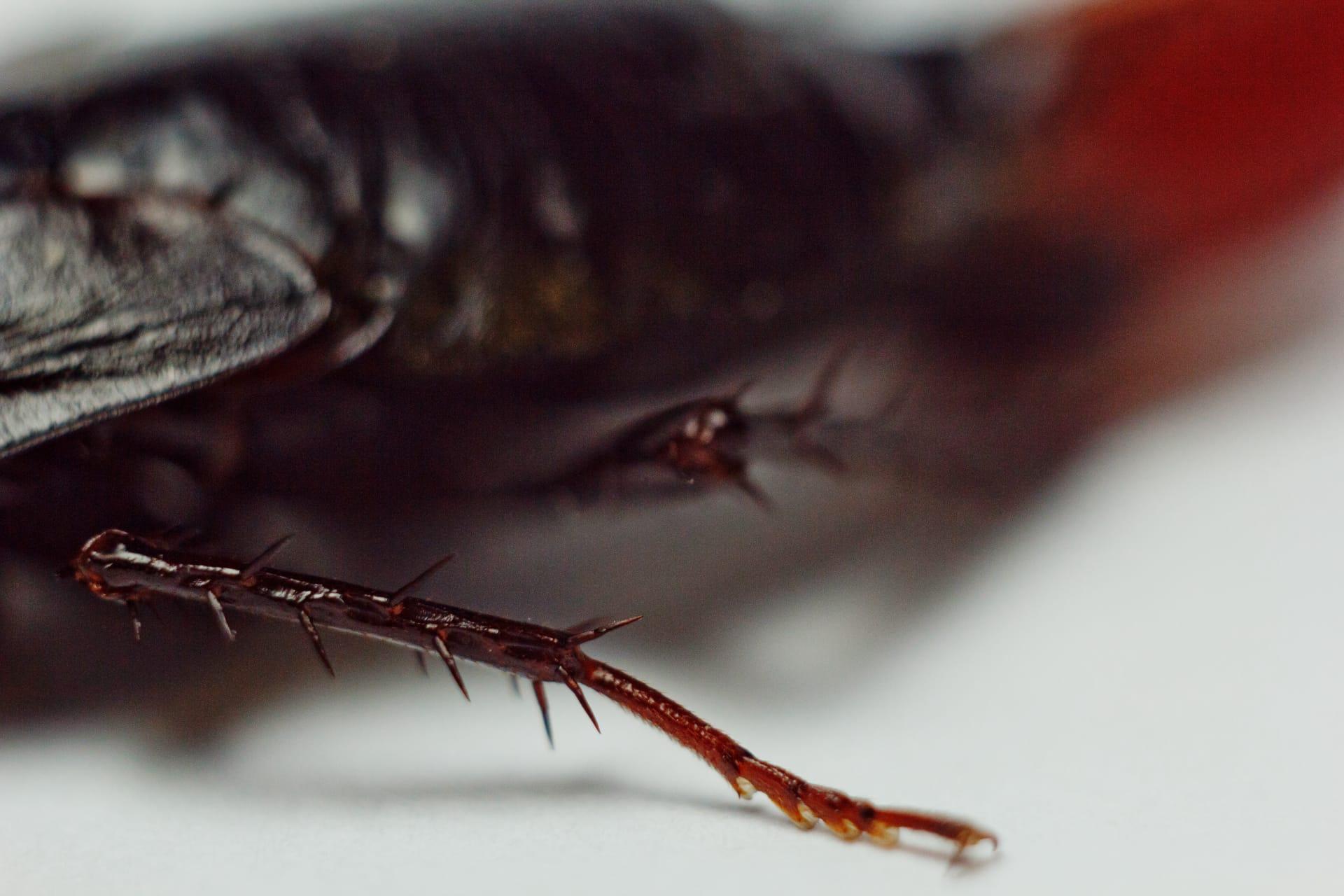Oriental Cockroach Characteristics
- Home /
- Mini Encyclopedia /
- Animal /
- Oriental Cockroach Characteristics
1
The Oriental Cockroach, known scientifically as Blatta orientalis, presents an intriguing study in resilience and adaptation. This species, typically measuring about 1 inch (2.5 cm) in length, boasts a glossy, dark brown to black exoskeleton. Females tend to be slightly larger than males. What's fascinating is their lifespan. Oriental cockroaches can live up to around 6 months, a testament to their hardiness in various environments.
One of the most distinctive features of the Oriental cockroach is its antennae. These lengthy, whip-like structures are remarkable sensory organs, often exceeding the length of the cockroach's body. The antennae are equipped with numerous sensory receptors, enabling the cockroach to navigate its surroundings with incredible precision. This adaptation is crucial for survival, especially in their often dark and cluttered habitats, where visual cues are limited.

2
Question: Why do Oriental cockroaches often inhabit human residences?
Answer: Oriental cockroaches are drawn to human residences primarily due to the availability of food and shelter. These insects are scavengers, thriving on crumbs, garbage, and decaying organic material often found in homes. Additionally, they seek out moist and dark environments, which are abundant in basements, drains, and under sinks in human dwellings. Their preference for these conditions makes residential areas an ideal habitat for them, leading to their frequent cohabitation with humans.

3
Oriental cockroaches are not known for their speed or agility. In fact, they are relatively slow movers compared to other cockroach species. Their movement is more of a scuttle than a sprint, which is partly due to their heavier body structure. Despite this, they are excellent climbers, scaling vertical surfaces with ease thanks to tiny hooks on their feet, allowing them to navigate through complex environments.
As for their diet, Oriental cockroaches are not picky eaters. They are omnivorous scavengers, feasting on a wide range of organic material. This includes decaying matter, food scraps, and even book bindings. Their ability to digest cellulose makes them unique among many pests, allowing them to feed on a variety of plant-based materials that others cannot.

4
Oriental cockroaches prefer damp, cool environments. They are commonly found in sewers, drains, basements, and crawl spaces. Their ideal habitat is typically dark and humid, providing them with the necessary conditions for survival and growth. This preference often drives them to inhabit the lower levels of buildings and homes, especially in areas with poor ventilation and moisture issues.
In terms of reproduction, these cockroaches exhibit fascinating characteristics. The female Oriental cockroach produces an egg case, known as an ootheca, containing around 16 eggs. She carries this case for about 30 hours before depositing it in a safe, hidden location. The eggs hatch in about 60 days. The young cockroaches, or nymphs, undergo several molts before reaching adulthood, a process that can take several months, depending on environmental conditions.

5
Book: "The Secret World of Cockroaches" by Peter Clarkson, published in the United States in 1995, offers an in-depth look at various cockroach species, including the Oriental cockroach. Clarkson's book combines entomological research with fascinating anecdotes, providing a comprehensive guide to understanding these often-misunderstood insects.
Book: "Insects Unveiled: A Journey into the World of Bugs", authored by Lisa Martin in the UK in 2001, delves into the life cycles and habitats of various insects, with a notable chapter on the Oriental cockroach. Martin's book stands out for its easy-to-understand language and engaging storytelling, making it an excellent resource for both casual readers and entomology enthusiasts.